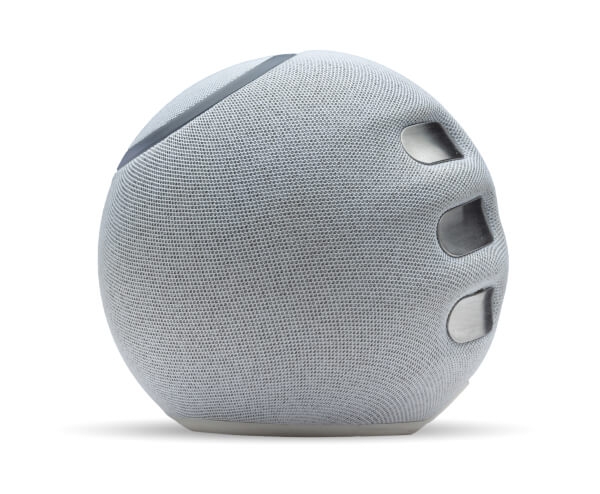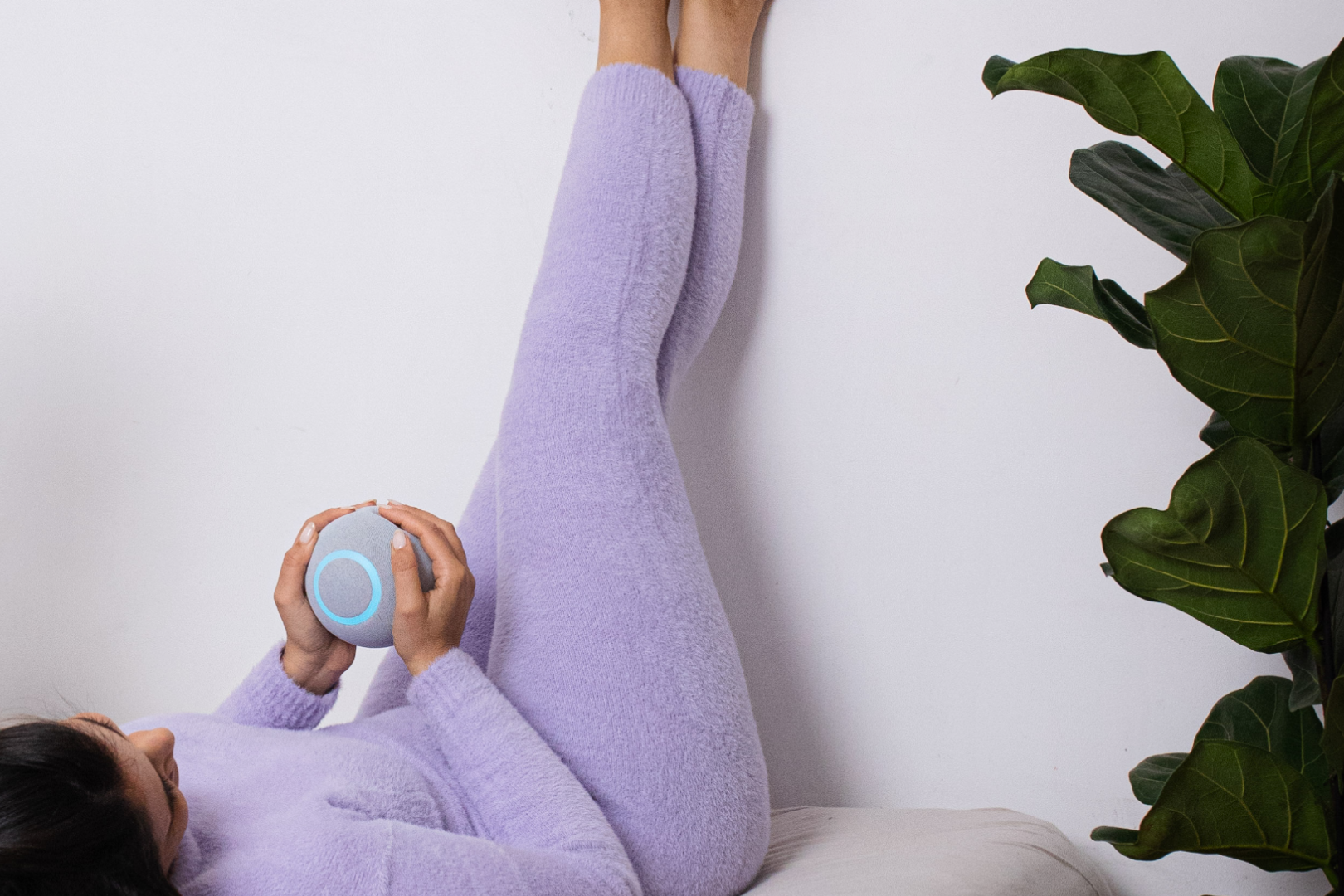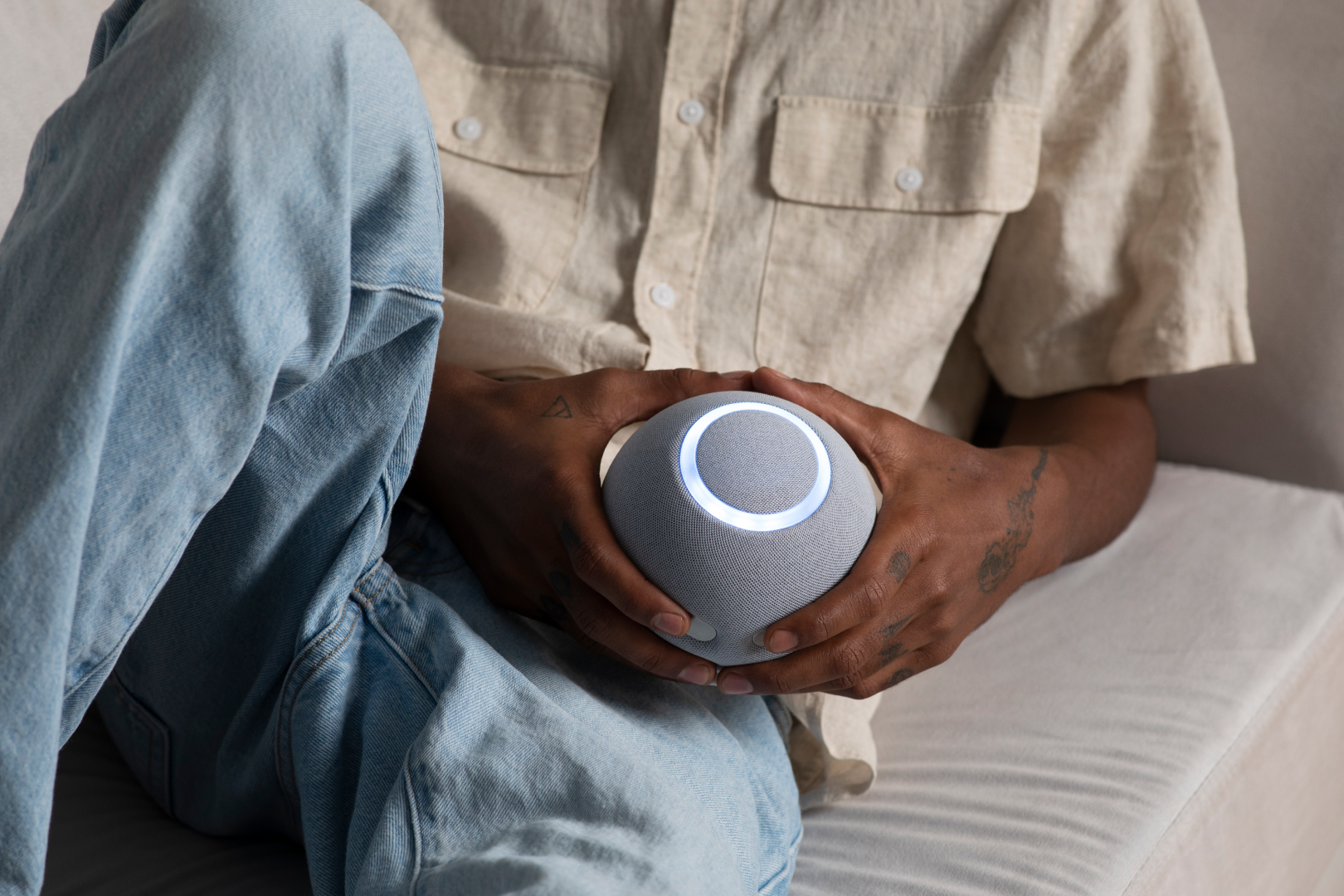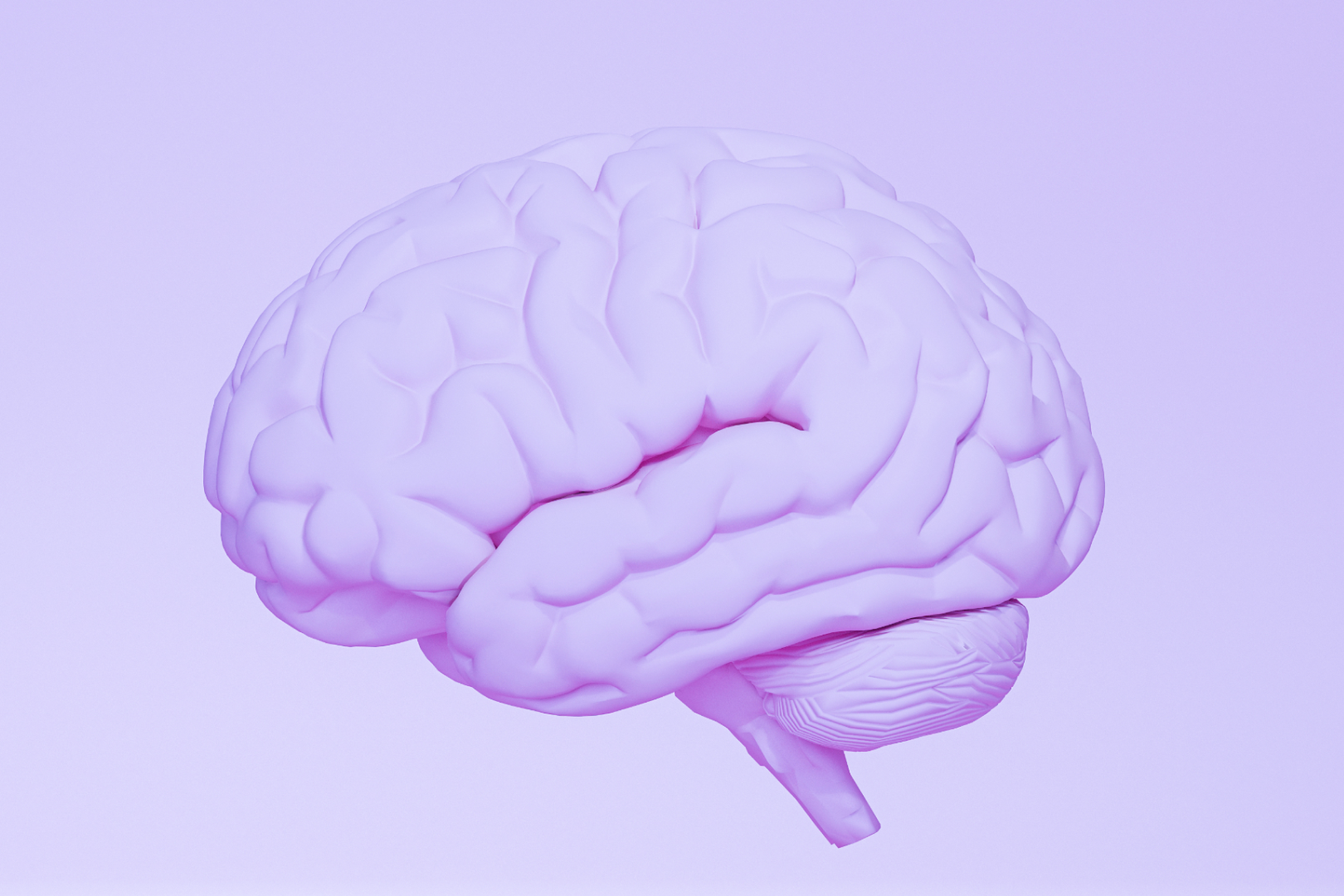Change can be stressful. Any kind of change, good or bad. In fact, according to the Life Change Index Scale, getting married is the seventh most stressful life event, and changing jobs even makes it into the top 20! For many kids and teens, going back to school after extended summer break is an anxiety-inducing change.
Starting a new grade, meeting new teachers, adopting different schedules, plus a changing social landscape are all reasons why back-to-school anxiety and panic attacks may happen. If the child is starting at a new school, then stress can go through the roof. Of course, the pandemic restrictions and its effects on education have not made things easier.
The good news is that back-to-school anxiety is temporary. As the student settles into the new situation and becomes familiar with their surroundings, anxiety about the return to school should naturally come down.
Even so, the first few weeks of the school year can be challenging for mental health. Techniques for reducing anxiety offer really important and empowering tools that even kids can learn. One such tool is mindfulness practice, and it’s never too early to start.
How Mindfulness Helps Anxiety for Back to School?
Mindfulness is a meditation technique in which you practice being in the present with your thoughts and feelings in a non-judgemental way. It teaches you to observe your mind in the moment, without resistance. At the heart of mindfulness is the idea that the present moment is all that matters – the past cannot be changed, and the future has not happened yet.
As we have no control over what has been or will be, the only place where we can experience true contentment is the here and now. With mindfulness practice, it becomes easier to ‘sit’ with your mind in the present, even with uncomfortable thoughts and feelings, and this is an extremely powerful way to create inner calm.
It’s called mindfulness ‘practice’, because mindfulness must be learned; it is not our natural state. As sentient beings, the human mind tends to become very caught up in thoughts of what might happen, regrets about the past, and fears around our perceptions of events, other people, and ourselves.
Learning how to practice mindfulness for anxiety is an antidote to all that, but it must be practiced regularly to become second nature. In the stressful period of going back to school, mindfulness is an excellent technique to help kids and teens become aware and accepting of their natural fears and stresses.
By learning to be present with uncomfortable thoughts and feelings, they can choose to let them go and avoid getting stuck in the anxiety loop.
Mindfulness practices for to back to school.
One of the big benefits of mindfulness is that you can practice it anywhere, such as on the school bus, sitting at a desk, or during recess. A few minutes is all it takes. Let’s take a look at some quick and simple mindfulness practices for anxiety that are perfect for the stressful back-to-school experience.
Breathing exercises for anxiety
The breath is the central element in mindfulness because it anchors you to the present moment. When you focus on your breath and center your mind on the immediate physical sensation of breathing, there is less room for thoughts to crowd in.
Simple relaxing breathing exercises are the best place to start when learning mindfulness practice for anxiety. Get in a comfortable seated position, and inhale deeply and slowly through the nose. Pay attention to how it feels as the air enters and travels to your lungs, Notice how your lungs and rib cage are expanding to accommodate the air.
Hold for a second, then release the breath slowly out of your mouth, in a controlled and purposeful way. Focus on the stream of breath exhaling from your mouth.
Notice how your lungs are relaxing and your muscles too. During the exercise, if you feel your mind wandering or getting distracted with thoughts or emotions, simply let them go and come back to following the breath. Do this exercise in the morning and night, and you’ll find it is a great technique to learn the basics of mindfulness and reduce anxiety.
The silent sigh
The silent sigh, also known as the “miraculous sigh”, is another mindfulness practice to soothe back-to-school anxiety. Have you ever wondered why you sigh? When you breathe in, your heart rate and blood pressure go up. When you breathe out, they go down.
When a person is feeling tense or stressed, they naturally hold their breath or inhale in shorter, faster breaths. A sigh is a sign of acceptance or resignation or relief or exasperation – you are expressing the tense energy, and letting it go. You are ‘breathing out’ your feelings. You can replicate this by sighing purposefully and silently, so you can do it anywhere without anyone noticing.
To get started, breathe in deeply through the nose and fill your torso with air. You’ll feel the muscles in your chest and abdomen tighten. Then, let the breath out of your mouth. Not a shallow breath from the lungs but a deep exhale from your stomach. Your muscles will relax and you’ll feel a sense of release.
Imitate a sigh, but without making a sound. Feel the tension leave your body in the breath of the sigh. Throughout the exercise, keep focused on the sensations in your whole body as you inhale and exhale. Repeat 2-3 times. See how you feel after, and if you need to relax more, then do it again. When you feel your anxiety calm down, let your breathing return to normal.
The 7-11 breath
Deep, slow breathing restores the oxygen levels in the blood, slows a rapidly beating heart, and calms a racing mind. The 7-11 breath is a fast technique to help alleviate an anxiety attack or even a panic attack before it catches on.
It’s really easy: inhale deeply through your nose, counting slowly to 7. Hold your breath for a second and then exhale through the mouth to the count of 11. Counting is important for two reasons. First, it helps your breathing slow down, which makes your heart rate and blood pressure go down too.
Second, focusing on counting and breathing, it helps your mind let go of anxious and distracting thoughts. Repeat the 7-11 breathing technique for 5 minutes and you’ll feel a lot calmer and centered.
Which breathing technique should I use?
When mental stress builds up, the body believes it is in danger and activates the ‘fight or flight response. At this point, anxiety is already kicking in. A host of uncomfortable emotional and physiological reactions follow, which only causes the anxiety to heighten even more.
This anxious loop can be hard to break. Mindfulness is the key to breaking the spiral, and breathing is the key to mindfulness. If you are new to mindfulness, then we recommend starting with the basic mindful breathing technique. If you feel your anxiety rising and are in need of an SOS, use the 7-11 breath technique to calm the mind and soothe your nervous system.
This on-the-spot intervention can help prevent anxiety from escalating further. For some people, mindfulness can be a tricky concept to grasp. Becoming aware of your breathing and stress levels is made easier with the Reflect biofeedback device.
Place your hands on the orb, and it tracks and displays your breathing rate in real time. As you practice mindfulness, you can use the Reflect device to actually see when your breathing slows down and your body lets go and relaxes. You can use this information to sharpen your practice and reduce anxiety more effectively.
Back to relaxed
Although going back to school can be a stressful time, there are ways to help yourself so that anxiety doesn’t get the better of you. Practicing mindfulness is one of the most effective ways to reduce anxiety and regulate your nervous system.
The simple breathing exercises described above are safe and simple and are the cornerstone of mindfulness. Don’t wait till the school bell rings; start practicing today to build a calm, healthy, and happy life.






